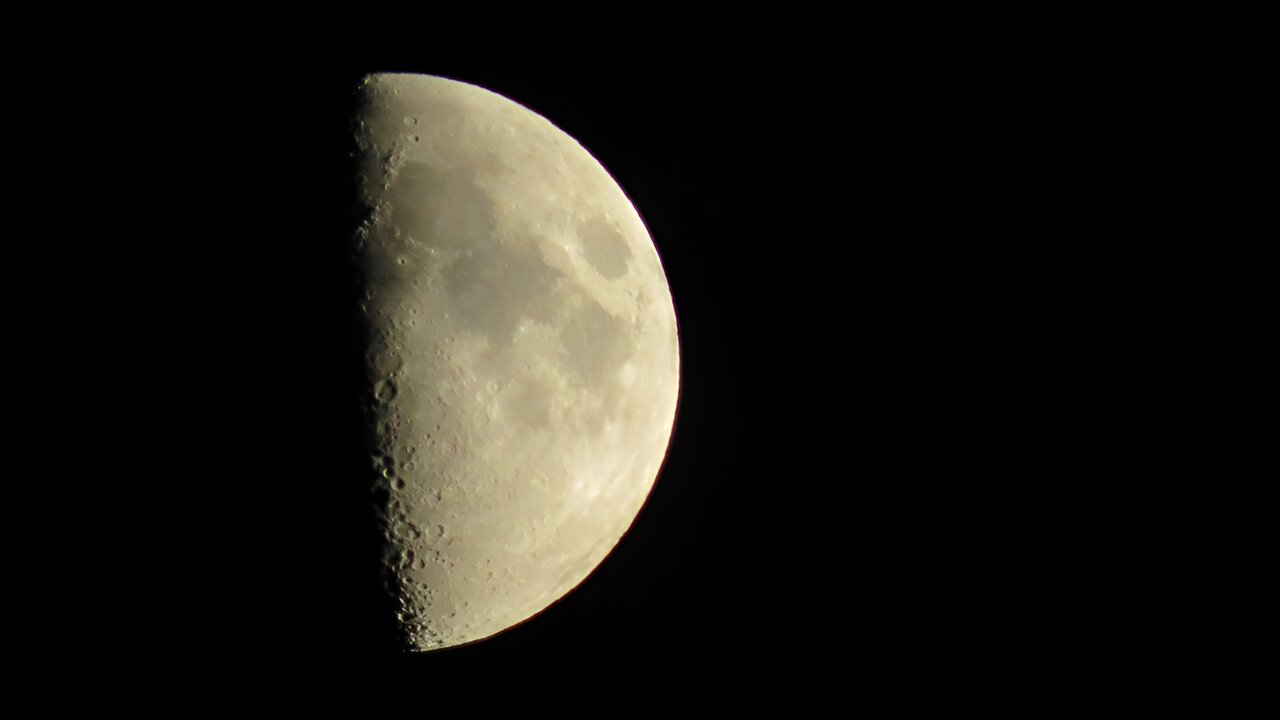A new method of constructing and verifying models of planets allows finding out what is hidden under their surface based on the study of gravitational anomalies. This allows scientists to find not only large cavities, but also areas filled with denser material.

How to find out what’s under the surface of other planets
A team of planetary scientists led by Kristel Izquierdo has recently unveiled a new method for studying planets, which allows finding anomalies hidden under their surface and accurately characterizing them. It is not easy to study them even on Earth, as demonstrated by the recent news about a structure hidden under Australia, about which it is not fully clear whether it is a giant crater or not.
It’s even worse on other planets, because we can’t even go down to their surface and drill, resulting in situations similar to the one when ice deposits on Mars turn out to be volcanic rocks. The main ways to study what is hidden under the surface are radar and the study of the gravitational field.
The new method, called THeBOOGIe, also relies on data on gravitational anomalies, primarily on local inversions of gravity when it decreases sharply. However, its mathematical apparatus is much more flexible and reliable, which makes it possible to clearly determine the nature of what is hidden under the surface, even in very difficult cases.
How the new method works
Usually, when scientists want to understand which underground cavities or vice versa, seals cause certain gravitational anomalies on other planets, they first assume at what depth they lie, and then begin to look for which configuration most corresponds to what they see.
But the new method first selects an arbitrary model of the structure of the planet and checks how it corresponds to gravitational anomalies. To do this, it uses Bayesian analysis, that is, statistics that are not tied to a real structure. After receiving the result, the computer changes the model hundreds of thousands and millions of times until it finds a structure that exactly matches not only gravitational, but also geological data.
The researchers note that THeBOOGIe, which can be improved with additional measures, is well suited to complement models of the internal structure of planets based on seismic data and to determine the internal features of smaller bodies that do not have a perfectly layered structure.
According to phys.org
Follow us on Twitter to get the most interesting space news in time
https://twitter.com/ust_magazine

